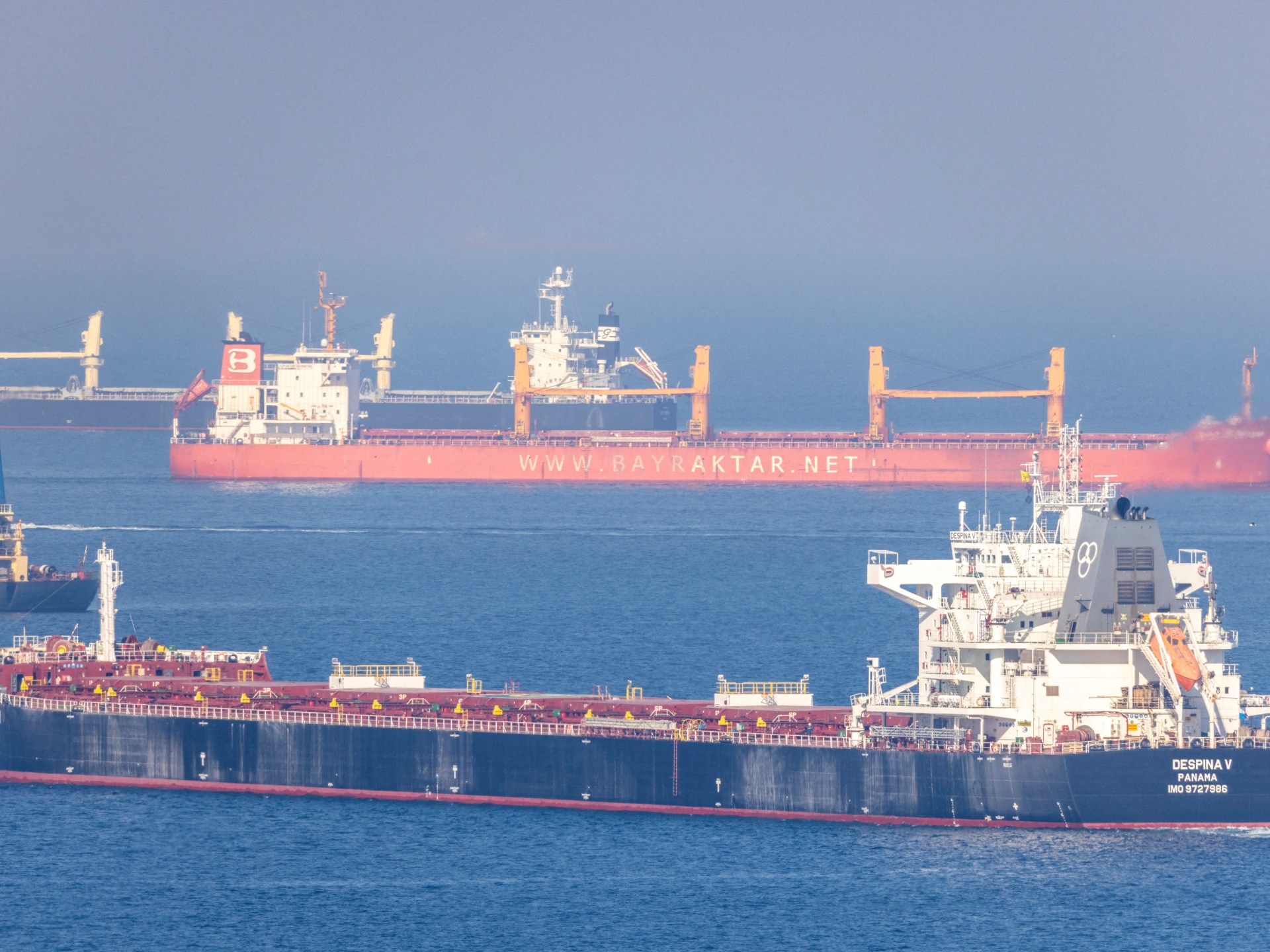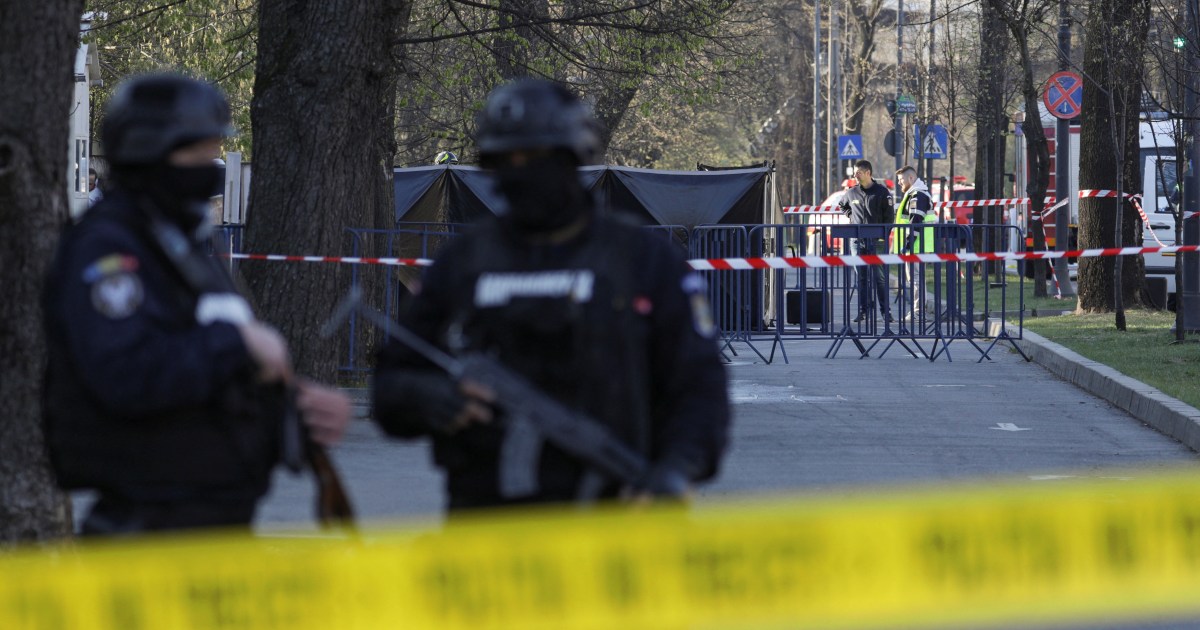Russia downbeat on grain deal as Ukraine tries to unblock exports | Russia-Ukraine war News
Ukraine’s prospects of unblocking grain shipments to Eastern Europe have improved as Romania opted against a unilateral ban on food imports, but there was no apparent progress on extending a deal on Black Sea exports.
Russia’s Foreign Minister Sergey Lavrov made clear on Thursday Moscow considered its conditions had not been met for extending a United Nations-brokered agreement guaranteeing safe exports via the Black Sea during the war in Ukraine.
“Here, practically nothing has been done,” Lavrov told reporters in Havana during an official visit.
Russia has said extending last July’s agreement beyond a May 18 deadline depends on the West lifting restrictions it says hinder Moscow’s agricultural exports.
Ukraine stepped up exports of agricultural and food products through European Union nations after Russia’s invasion disrupted its usual Black Sea shipping route.
Grain sales are a vital revenue source for Kyiv, and food import bans imposed by four EU member states in Eastern Europe over the last week have increased Ukraine’s concerns about its food exports.
Offering Kyiv some relief, Romania said it would not join Bulgaria, Hungary, Poland and Slovakia in banning food imports from Ukraine to protect local producers hit by an influx of cheaper Ukrainian supplies.
Instead, Bucharest will wait for the European Commission, the EU executive, to enforce measures to help farmers in Central and Eastern Europe.
“I think it is necessary we wait … to see what the Commission decides, and then we will meet again to establish long-term rules, because Romania and Ukraine are large grain producing countries,” Agriculture Minister Petre Daea said.
A major grain transit hub for Ukraine, Romania’s Black Sea port of Constanta, shipped some 12 million tonnes of Ukrainian grains in 2022 and the first quarter of this year.
After talks with Ukrainian Agriculture Minister Mykola Solsky, Daea said Romania and Ukraine would consult weekly on expected grain volumes, as Romania tries to limit imports.
Solsky told reporters it was obvious the situation required quick decisions, adding: “We understand these decisions must be comfortable for Romanian farmers and … we wait for the European Commission.”
Grain deal hangs in balance
The European Commission has announced plans to offer farmers in Eastern and Central Europe compensation for some products if the unilateral import bans are lifted, but the countries affected want the list of products widened.
Poland went further than others by initially banning the transit of Ukrainian grain and food products through its territory. Warsaw agreed on Tuesday to lift the measures, and transit traffic resumed on Friday.
Dozens of Ukrainian food items – including sugar, meat, fruits and vegetables – are now permitted, but these products may not be sold on the country’s market.
Prime Minister Mateusz Morawiecki said the support measures offered by the Commission were too little, too late, after the government approved 10 billion zlotys ($2.38bn) of aid for Polish agriculture.
Black Sea grain exports are more significant for Kyiv than exports to Eastern Europe, and talks are under way on the status of the Black Sea Grain Initiative deal agreed upon last July to create a safe shipping channel.
The initiative unblocked three Ukrainian Black Sea ports five months after Russia’s invasion, and was designed to alleviate a global food crisis as well as to support Ukraine.
Russia says it has agreed to extend the deal only until May 18 even though Kyiv and its allies say the terms of the agreement stipulate that it should continue beyond that date.
Worried about its ability to ship grain from its Black Sea ports, Ukraine has stepped up exports via ports on the Danube River that flows through Central and Southeastern Europe.
“Undoubtedly, the Danube Cluster has become a critical element of global food security in the face of limited operation of Black Sea seaports,” Deputy Prime Minister Oleksandr Kubrakov said on Facebook.




